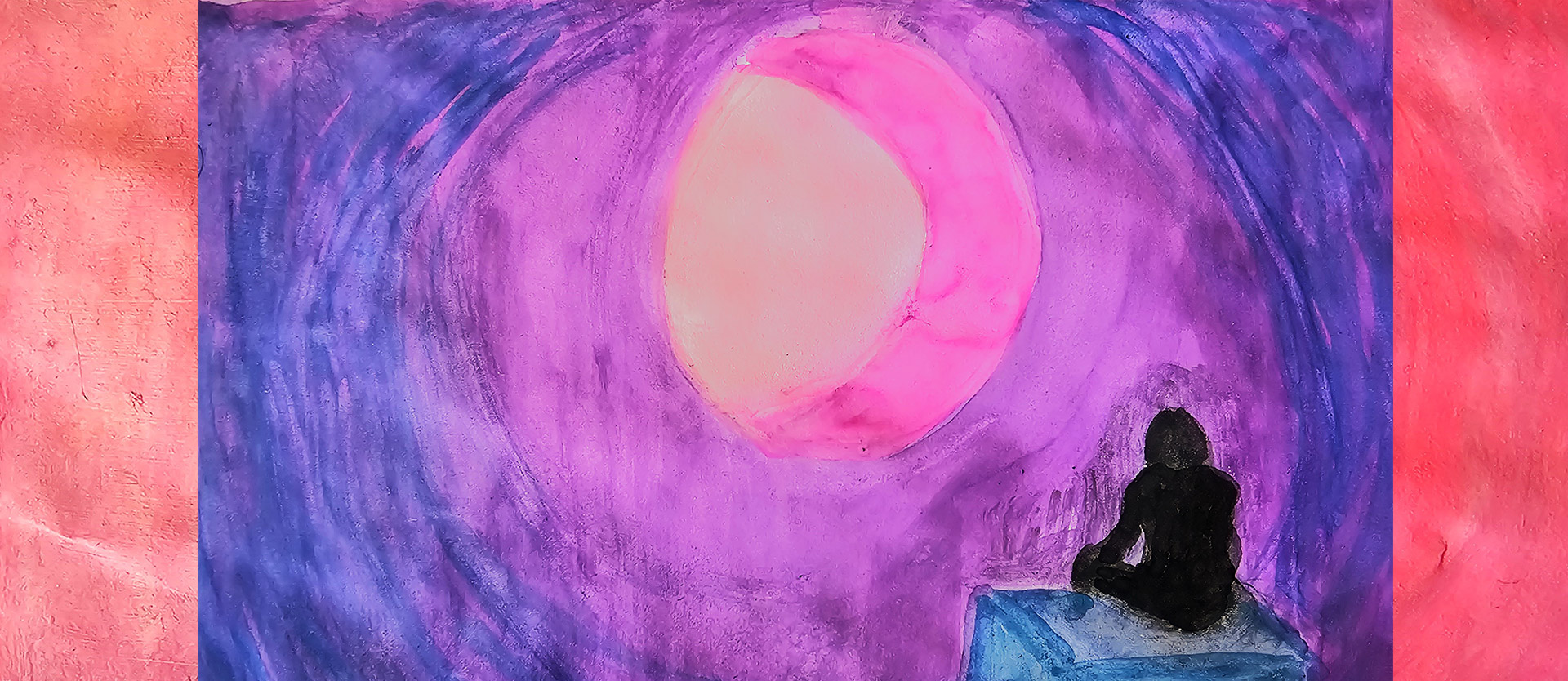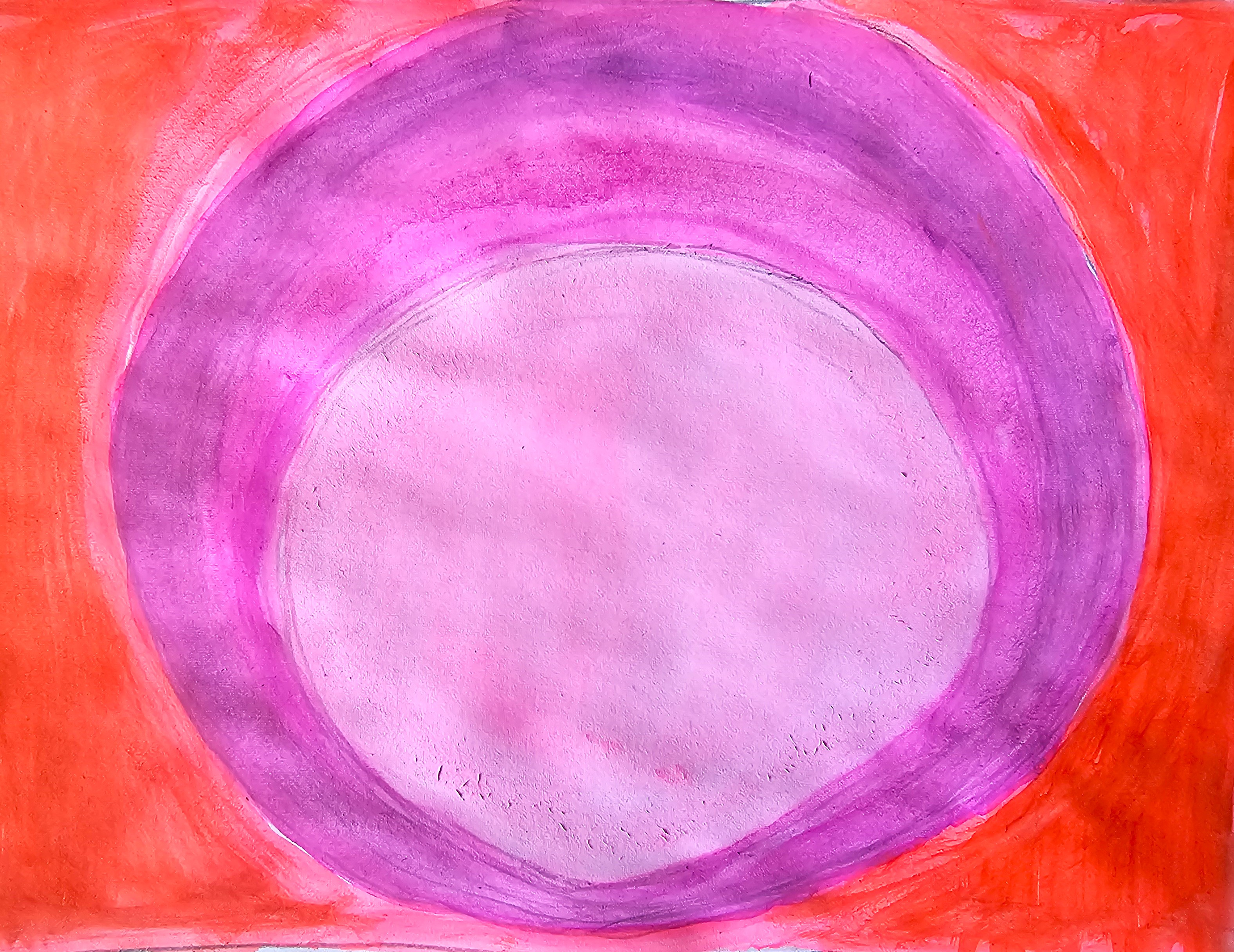
Light unlimited: ”No object, no image, no point of focus.“
James Turrell's light art installation at DIMU Freising

Following a comprehensive renovation, the Diözesanmuseum Freising opened its doors in a completely new look in October 2022 after nine years of restoration work. In the process, the DIMU, as the institution is now known for short, pulled off a real coup. With the American James Turrell, an internationally acclaimed artist could be won over to create a light installation specially designed for this location. Turrell, born in Los Angeles in 1948, has dedicated his artistic work to exploring the (im)materiality and perception of light for over five decades.
With reference to the Byzantine icon of the "Lukas Madonna", a highlight exhibit of the collection, an immersive, meditative light room was created, which the artist entitled "A CHAPEL FOR LUKE and his scribe Lucius Cyrene", illuminated in various shimmering hues. The title already suggests a spiritual-religious association on the sensory level. But the fact is that, regardless of whether you are a believer or not, you leave the light Installation strangely changed, even introspective and enriched by a haunting experience.
Upon entering the museum building and its imposing atrium, you get a first, still vague glimpse of the light-intensive play of colors inside the chapel through a central arched opening above a staircase. And it immediately casts a spell over you. As you walk up the stairs, you are stopped halfway up on a landing to put on overshoes over your footwear, because just like entering a laser laboratory, you are about stepping into a clean room. And this is where the illusion begins. You instinctively want to lean on the staircase with its colorfully illuminated wall to keep your balance when putting on the plastic gaiters, before you suddenly realize that there is no wall reveal here at all. This is because the area is concave and so cleverly lit from the inside that an actual wall surface is only suggested by the uniform glow of the light and our sensory perception is deceived. As you continue upwards, you first have to cross a raised threshold, which symbolically makes it clear that you are now entering a different area, separated from all usual surroundings.

And then you are immersed in an all-pervading sea of color, whose intense spherical light mists change very gradually, almost imperceptibly, until a different hue dominates the room. As the room is uniformly rounded at the top and bottom of the field of vision and has no distinctive corner points that would suggest a boundary you lose your orientation in this all-encompassing flood of color, due to a loss of depth perception. You move slowly, carefully feeling your way with your feet to a small bench, in front of which you can see a circular recess in the rounded front wall, illuminated from behind in a different color. Viewed from the front, it looks like a disk, which is perceived purely associatively as a kind of sun symbol, but can also be understood as a three dimensional tunnel segment connecting two areas when moving through the space. Due to the elimination of orientation points, it feels like standing in a homogeneous “Ganzfeld" of pure light which gives the impression of losing the sense of space and time. If you are lucky enough to have the room to yourself for a few moments, you can concentrate fully on your own awareness within this diffuse, iridescent cocoon of light. And on what this perception does to you. Because this completely unfamiliar situation with its flickering atmosphere of light, which transports you to the bottom of a shimmering ocean, may take you back to the sensations of your earliest childhood. To a time in our lives when we simply perceived phenomena and things with all our senses as given and did not evaluate, judge, categorize, question and thus "disenchant" them, until we finally became more and more dulled in our perception by the reflexive classification of our detached minds. Turrell's light installation is a stimulation of the senses, perhaps also a sensory overload. But it allows us to feel and perceive ourselves anew and touches our emotions in a variety of ways by reminding us of all that is fundamental and bringing it to our attention, in the same way as plants instinctively search for the light to live. But even if you share the spatial experience with other visitors, it remains a fascinating experience, precisely because you can see from the others and their astonished and relaxed joyful facial expressions how you are probably doing. And often the eyes of the people in the room meet, indeed seek each other out for an unspoken exchange and reassurance that this is a shared and special moment before everyone goes their separate ways again.

Turrell once compared the experience one can have in his chapel flooded with light to a snowstorm. When you get into it, he explains, there is no horizon and therefore no orientation. At some point, you would lose your sense of above and below and, in the end, perhaps even your sense of yourself. In research, he goes on to explain, this is referred to as a "whiteout".
Unlike most artists, Turell works entirely with the use and effect of light as a means of artistic expression, pursuing an approach that has become his credo. He describes his artistic strategy as follows:
"First of all, I don't deal with objects. I am only concerned with perception. Secondly, I don't have an image because I want to avoid associative, symbolic thoughts. Thirdly, I don't set a focus or a specific point to which attention should be directed. But what do you look at without an object, without an image and without a focus? You look at yourself as you look. This happens in response to our seeing and the self-recognizing process of looking at oneself while seeing. Through seeing, you can increase feeling to touching."
And he adds that for him, light is not just an artistic medium for the purpose, but the actual purpose itself:
„Light is not so much something that reveals, as it is itself the revelation.“
Further information: www.dimu-freising.de/museum/james-turrell









